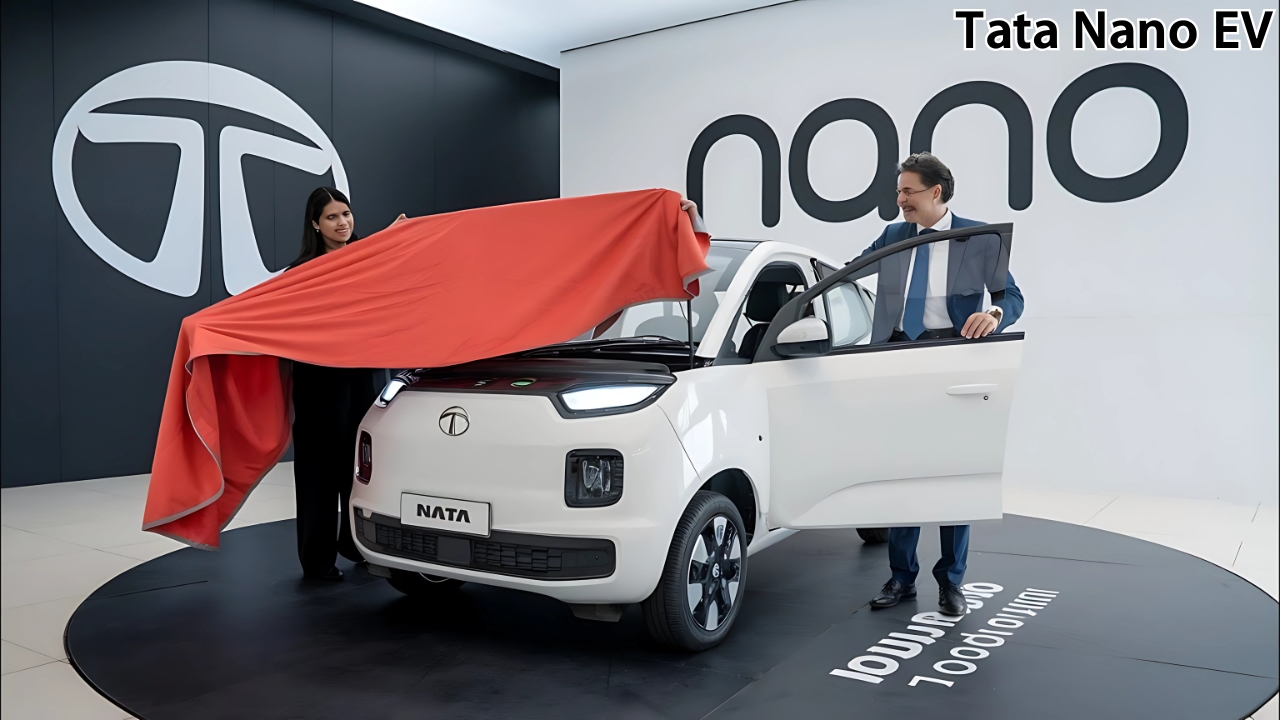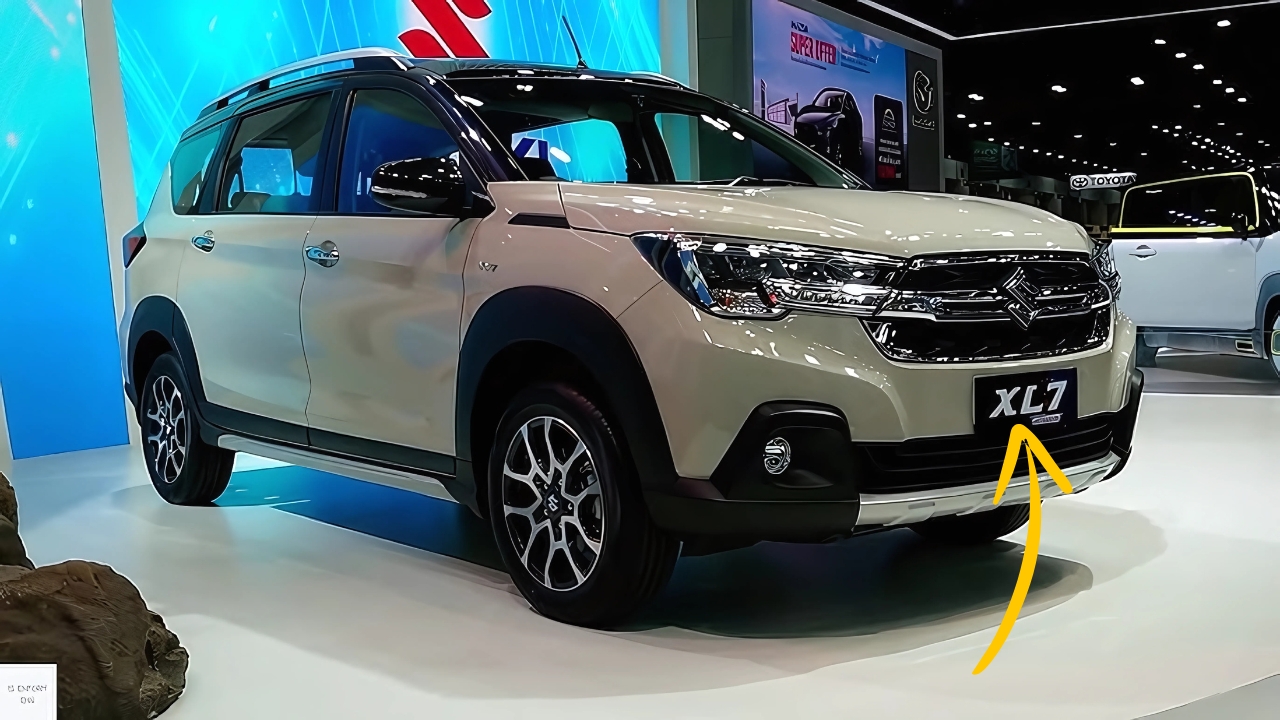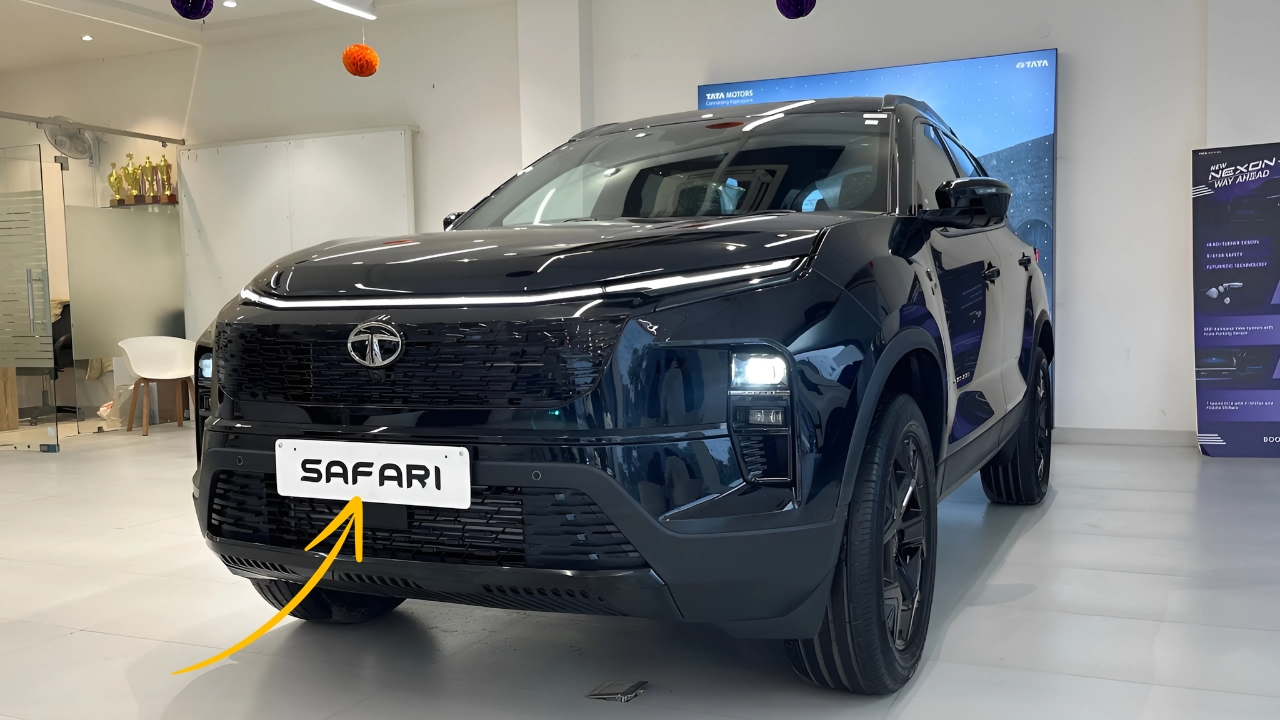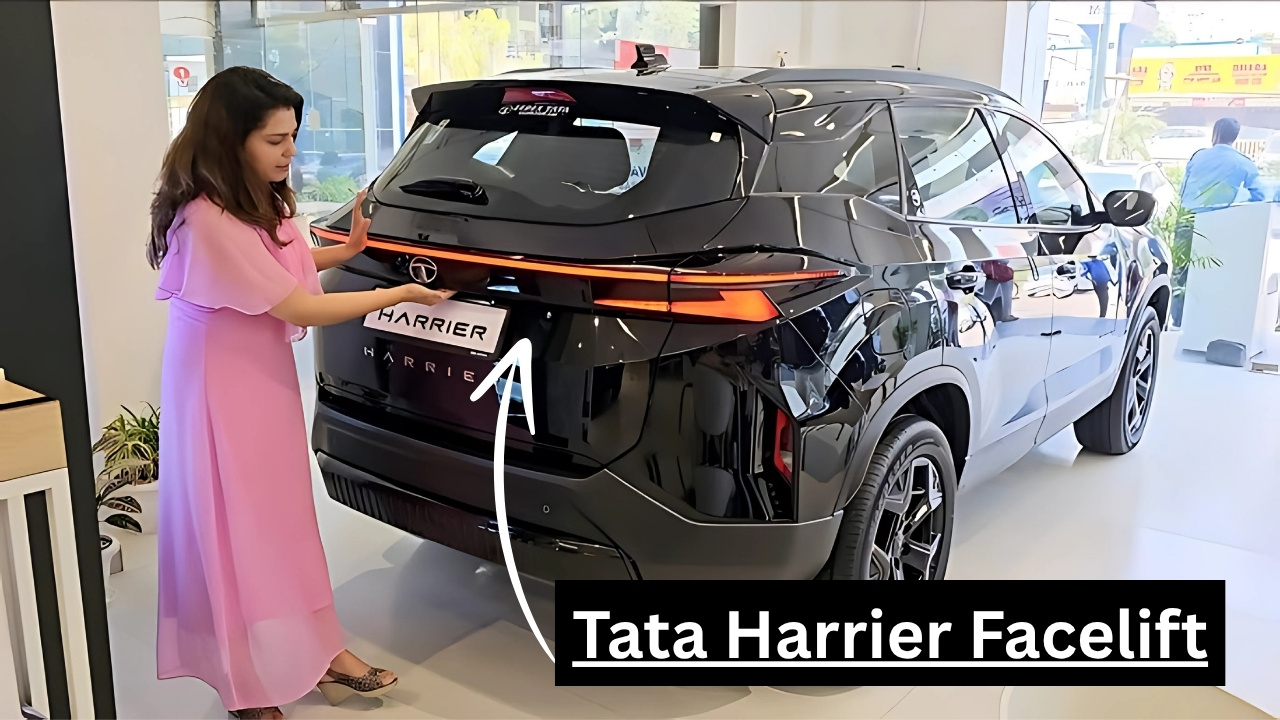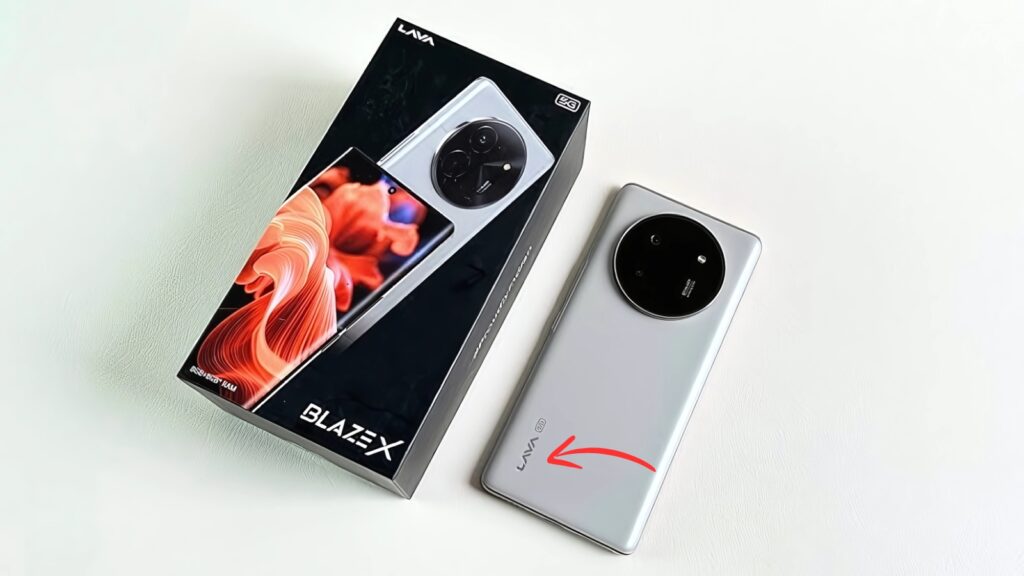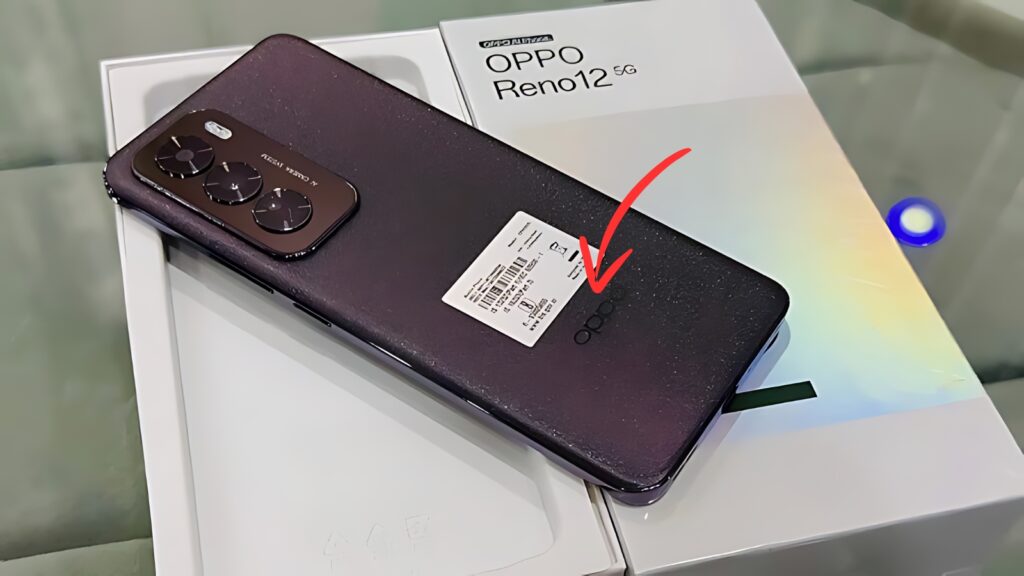The Tata Nano, once hailed as the “people’s car” and the world’s cheapest automobile, is poised for a remarkable comeback in electric form.
After the original Nano’s production ended in 2018, Tata Motors is reportedly working on reviving this iconic nameplate as an electric vehicle, potentially revolutionizing India’s affordable mobility landscape once again.
The Tata Nano EV represents more than just another electric car launch—it symbolizes the democratization of clean mobility technology for the masses.
Legacy and Vision
The original Tata Nano, launched in 2008, was conceived by Ratan Tata with a noble vision: to provide safe, affordable four-wheeler transportation to millions of Indian families who could only afford two-wheelers.
Despite facing various challenges during its lifecycle, the Nano established itself as an engineering marvel, proving that sophisticated automotive technology could be delivered at unprecedented price points.
The upcoming Tata Nano EV carries forward this legacy while embracing the future of sustainable mobility.
In an era where electric vehicles are often associated with premium pricing, the Nano EV aims to make electric mobility accessible to the common man, potentially serving as India’s entry-level electric vehicle that could accelerate mass adoption of clean transportation.
Market Context and Opportunity
India’s electric vehicle market is experiencing rapid growth, driven by government initiatives, environmental consciousness, and improving infrastructure.
However, most electric vehicles currently available remain prohibitively expensive for average Indian families.
The Tata Nano EV could fill this crucial gap, offering an affordable pathway for families to transition from internal combustion engine vehicles to electric mobility.
The timing appears perfect for the Nano EV’s introduction. Rising fuel prices, increasing pollution concerns in urban areas, and growing awareness about climate change have created strong demand for affordable electric alternatives.
The Nano EV could serve as the catalyst that brings electric vehicles from niche luxury items to mainstream transportation solutions.
Expected Specifications and Performance
Industry experts and automotive enthusiasts have compiled expected specifications for the Tata Nano EV based on technological trends, market requirements, and Tata Motors’ electric vehicle expertise gained from successful models like the Nexon EV and Tigor EV.
Power and Performance
The Nano EV is expected to feature a compact electric motor producing approximately 35-40 horsepower, providing adequate power for city driving while maintaining efficiency.
The modest power output aligns with the vehicle’s positioning as an urban mobility solution rather than a performance-oriented vehicle.
Top speed is anticipated to be around 80 km/h, which is perfectly suited for city driving conditions and ensures optimal energy efficiency.
The focus remains on providing smooth, quiet operation rather than high-speed performance, reflecting the vehicle’s intended use case.
Battery and Range
Various reports suggest the Nano EV could feature a battery pack ranging from 20-25 kWh to potentially 40 kWh in higher variants.
The range expectations vary significantly, with conservative estimates suggesting 150 km per charge, while more optimistic projections indicate up to 300 km range for higher-specification variants.
For urban commuting, even the conservative range estimates would satisfy most daily driving requirements.
The majority of Indian car owners travel less than 50 km daily, making the expected range more than adequate for typical usage patterns.
Charging Infrastructure
The Nano EV is expected to support standard AC charging for home use, with charging times of 5-6 hours for a full charge using domestic power supplies.
Fast charging capability may be offered, potentially allowing 80% charge in approximately one hour using DC fast chargers.
This charging flexibility ensures that owners can charge conveniently at home overnight while having access to rapid charging when needed for longer journeys or quick top-ups.
Design and Features
The Tata Nano EV is expected to retain the compact dimensions and space-efficient design that made the original Nano remarkable.
The four-seater configuration provides practical family transportation in a vehicle smaller than most hatchbacks, maximizing urban maneuverability while maintaining passenger comfort.
Exterior Design
While maintaining the Nano’s characteristic compact proportions, the EV version is expected to incorporate modern design elements that reflect its electric nature.
Updates may include aerodynamic improvements, contemporary lighting systems, and subtle design cues that differentiate it from the original Nano while preserving its iconic silhouette.
The small footprint that made the original Nano perfect for congested Indian roads will be retained, ensuring easy parking and navigation through tight urban spaces where larger vehicles struggle.
Interior and Comfort
Despite its compact exterior, the Nano EV is expected to offer surprisingly spacious interiors, following the original Nano’s philosophy of maximizing internal space efficiency. The four-seater layout provides adequate comfort for city commuting and short-distance travel.
Expected features include a touchscreen infotainment system, smartphone connectivity, air conditioning, power windows, and modern convenience features that meet contemporary customer expectations while maintaining affordability.
Safety Features
Modern safety requirements mean the Nano EV will likely include dual front airbags, ABS with EBD, rear parking sensors, and other essential safety features as standard equipment.
The electric platform may also enable advanced safety features like regenerative braking and improved crash structures.
Pricing Strategy and Market Position
The most crucial aspect of the Tata Nano EV’s success will be its pricing strategy. Various industry estimates suggest the vehicle could be priced between ₹3-7 lakh, with most experts anticipating a price point around ₹5 lakh for the base variant.
Affordability Focus
If priced at the lower end of estimates, the Nano EV could become India’s most affordable electric vehicle, making electric mobility accessible to middle-class families for the first time. This pricing would position it as a direct electric alternative to entry-level petrol hatchbacks.
The total cost of ownership advantage of electric vehicles—lower running costs, reduced maintenance, and potential government incentives—could make the Nano EV financially attractive even at higher price points compared to equivalent petrol vehicles.
Market Competition
The Nano EV would primarily compete with the MG Comet EV, currently India’s most affordable electric car. However, the Nano’s expected pricing could significantly undercut existing competition while offering practical advantages like four-seater capacity and improved range.
Development Status and Launch Timeline
While Tata Motors has not officially announced the Nano EV, various reports suggest active development with potential launch timeframes ranging from late 2025 to 2030.
A Pune-based company, Electra EV, has already developed a retrofitted Nano EV, with Ratan Tata himself owning one of these converted vehicles, demonstrating the concept’s viability.
Testing and Development
Industry sources indicate that Tata Motors has begun testing electric Nano prototypes, suggesting serious consideration of the project.
The development timeline likely includes extensive testing for battery efficiency, driving range, charging systems, and overall performance optimization.
The company’s experience with electric vehicles through successful models like the Nexon EV provides valuable expertise for developing the Nano EV platform efficiently and effectively.
Market Impact and Significance
The Tata Nano EV could serve as a catalyst for mass electric vehicle adoption in India. By offering electric mobility at prices comparable to conventional vehicles, it could accelerate the transition to sustainable transportation while maintaining the accessibility that made the original Nano significant.
Economic and Environmental Impact
Widespread adoption of affordable electric vehicles like the Nano EV could significantly reduce India’s dependence on petroleum imports while contributing to improved air quality in urban areas.
The economic benefits include reduced fuel costs for consumers and potential job creation in the electric vehicle ecosystem.
Technology Democratization
The Nano EV represents the democratization of electric vehicle technology, making advanced features like regenerative braking, instant torque delivery, and silent operation available to budget-conscious consumers who previously had no access to such technology.
Lakhtakia Car Tata Nano EV come in Dhansu range
The success of the Tata Nano EV could establish a new category of ultra-affordable electric vehicles, potentially inspiring other manufacturers to develop similar offerings.
This could create a virtuous cycle of competition, innovation, and price reduction that benefits consumers while accelerating electric vehicle adoption.
The vehicle’s potential extends beyond the Indian market, with possible applications in other price-sensitive emerging markets where affordable electric mobility solutions are desperately needed.
The Tata Nano EV represents more than just another electric vehicle launch—it embodies the possibility of making clean, efficient transportation accessible to millions of families who have been priced out of the electric mobility revolution.
If successful, it could write a new chapter in automotive history, proving that sustainable technology can be both advanced and affordable.
